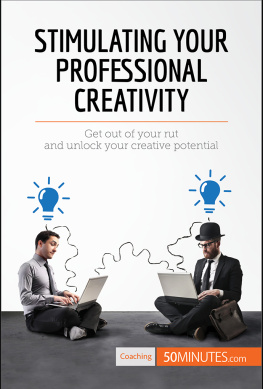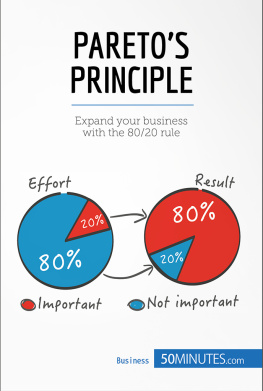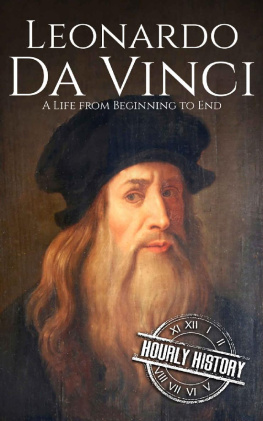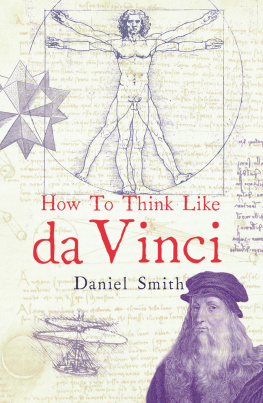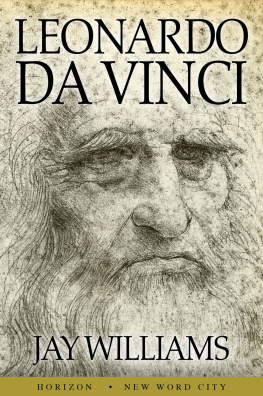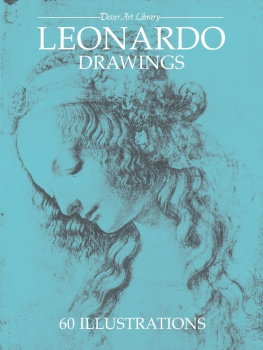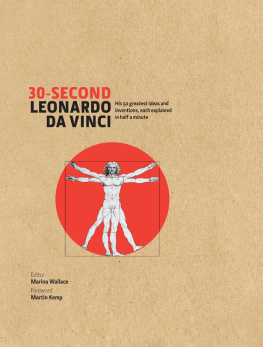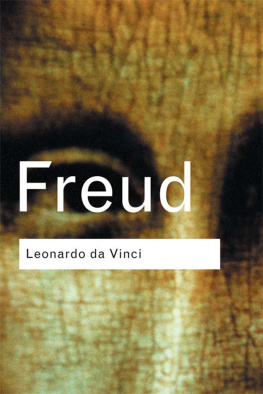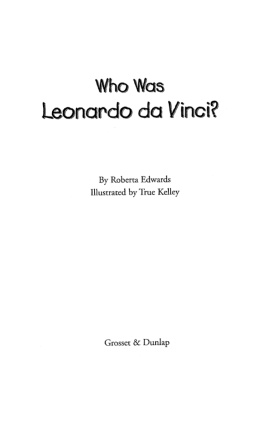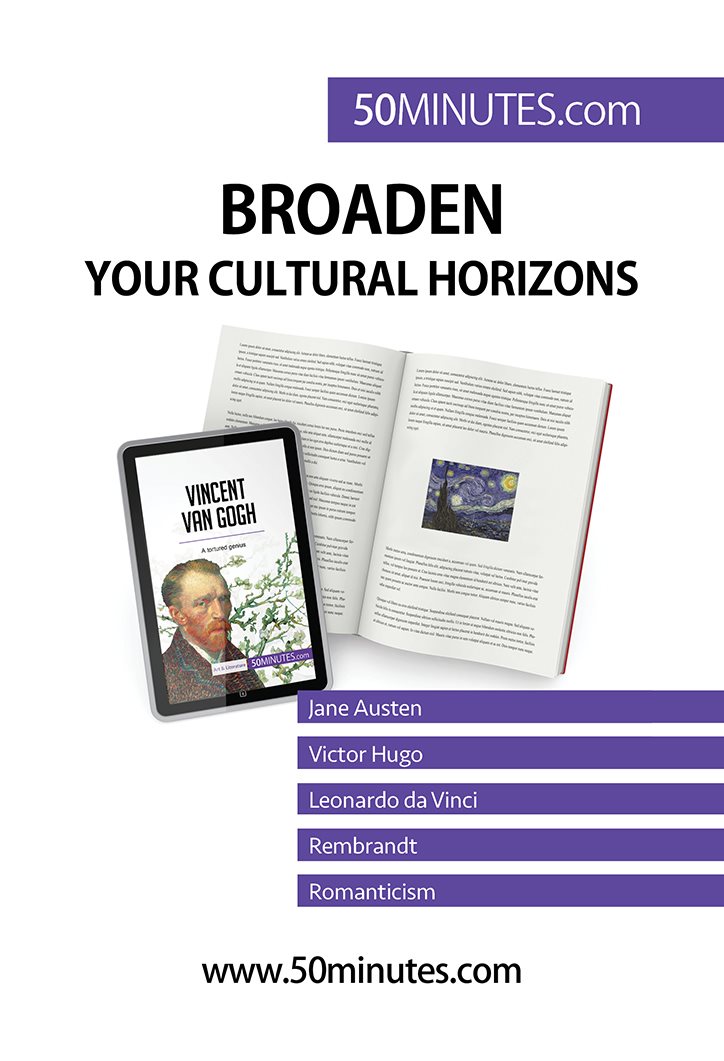Although many famous polymaths were active during the Italian Renaissance, Leonardo da Vinci stands above the rest due to the sheer quantity of disciplines he worked in and mastered over the course of his life, including painting, sculpture, architecture, hydraulics, optics, mathematics, botany, military engineering, anatomy and physics. He was a true genius, and produced stunning artwork, incredible sketches and all kinds of inventions, some of which were so ahead of his time that they were never actually built until the modern era. He kept track of his work in notebooks which numbered over 7000 pages in total, although many of them have been lost over the years and the remainder have been scattered across the world.
Da Vinci travelled a great deal over the course of his life, particularly in northern and central Italy and in France, which allowed him to meet many of the most influential figures of the era: the Italian artists Donato Bramante (1444-1514), Sandro Botticelli (1445-1510), Domenico Ghirlandaio (1449-1494), Michelangelo (1475-1564) and Raphael (1483-1520); the writer Niccol Machiavelli (1469-1527); Pope Leo X (1475-1521); the ruler of Florence, Lorenzo de Medici (1449-1492); the Duke of Milan, Ludovico Sforza (1452-1508); the Italian nobleman Cesare Borgia (1475-1507); and the French King Francis I (1494-1547).
His work had such a tremendous influence on the society he lived in that there is a clear distinction between the periods before and after da Vinci in the fields of art and engineering. This is particularly true of the field of painting, as da Vinci is credited with developing a number of new techniques, such as sfumato and atmospheric perspective. But even though da Vinci was the driving force behind artistic innovation in the late 15 th and early 16 th centuries, he also encountered a number of difficulties: he never enjoyed an easy relationship with any of his artistic patrons, who even included the French King Francis I, as he was generally unable to strike a balance between complying with their demands and fulfilling his own artistic vision. This is undoubtedly the reason why so many of his works are unfinished and remain shrouded in a degree of mystery.
CONTEXT
THE ITALIAN RENAISSANCE
The Renaissance began in the Italian city of Florence in the mid-15 th century, and spread across the rest of Europe over the course of the 16 th century. This tremendously influential movement was born from the study of ancient Greek and Latin texts, which led to the rediscovery of many artistic and cultural principles dating from antiquity. Its aims were to revive these traditions and restore learning and knowledge to a more prominent position within society. The great thinkers of the era also began placing greater emphasis on the inherent value of humanity, particularly through the idea that human beings could improve themselves by gaining knowledge. As such, it was a time of research and discovery, which led to innovation in a wide range of scientific and artistic fields. For example, the new theories on perspective and proportions that were developed by sculptors and architects had a tremendous influence on artistic techniques.
Artists also began to receive a great deal more recognition for their work: they began signing their artwork with their names and were no longer considered mere artisans. Furthermore, they began drawing inspiration from different sources, notably from ancient Greek and Roman mythology, and secular works such as portraits, nudes and mythological allegories became much more popular. Italian nobles also realised that art could be used as a tool to glorify themselves or their cities, and patronage became a much more common practice. This meant that artists received more commissions, which in turn bolstered their reputations.
DID YOU KNOW?
Unlike other great thinkers of his time, da Vinci did not base his work on classical principles, and even admitted that he was unfamiliar with them in his writings. On the contrary, his painting style was primarily influenced by his own worldview, which was based on his life experience and scientific experiments. In a way, it could be said that he did not believe anything unless he had seen it with his own eyes.
THE REPUBLIC OF FLORENCE
Italy did not become a unified country until 1870, and was made up of a variety of city-states in the 15 th century. One of these cities was Florence, which was ruled by the wealthy Medici family from 1434 onwards. Under their leadership, the city entered a golden age of political, economic and cultural prosperity, and notably became the central hub of artistic production on the Italian peninsula under the guidance of Lorenzo de Medici, also known as Lorenzo the Magnificent. The greatest artists and philosophers of the era flocked to the city, but Lorenzos death in 1492 plunged the metropolis into a period of crisis which lasted until 1494, when his son Piero II (1472-1503) was banished from the city. This marked the beginning of a period of exile for the Medici family which lasted until 1512.
Furthermore, the King of France, Charles VIII (1470-1498), set out to conquer the Duchy of Milan and the Kingdom of Naples in 1494, and also conquered Florence that year. Fear spread through the city, reinforced by the surging belief in millenarianism, a doctrine that claimed the world would end at the turn of the century (in other words, in 1500). The preacher Girolamo Savonarola (1452-1498) took advantage of this climate of fear to call for a return to austerity, and set up bonfires of the vanities where books, paintings, jewellery and any other objects that he deemed to be a source of vanity could be publicly burned. However, these practices drew the ire of the Florentine authorities and of Pope Alexander VI (1431-1503), and he was executed in Florence in 1498.
In 1502, the citys prior Piero Soderini (1450-1522) was elected gonfaloniere for life of Florence. However, when Lorenzo de Medicis second son Giovanni was elected pope in 1513 under the name Pope Leo X, he restored the Medici family to power and made his younger brother Giuliano the new ruler of the city. From that point onwards, Florence was effectively controlled by the papacy until the sack of Rome at the hands of the Holy Roman Emperor Charles V (1500-1558) in 1527.
RIVALRY WITH MILAN AND ROME
The city of Milan was at that time the capital of a rich duchy founded by the Visconti dynasty, and had been governed by the Sforza family since 1450. Although it was not quite as influential as Florence, it was another major cultural hub, particularly from 1476 onwards, when it flourished under the leadership of Ludovico Sforza and entered a period of great political, economic, cultural and artistic prosperity. Although his court only counted a few high-ranking nobles, Sforzas aim was to become a worthy rival of Florence and the Medici family. However, he adopted a somewhat different strategy, and primarily focused on scientific research and entertainment rather than the arts, which only interested him insofar as they could be used to bolster his own position. However, his goal of turning Milan into a new Athens that all the greatest artists and philosophers of the era would flock to was jeopardised by threats to his grasp on power in the duchy. In 1500, during the Battle of Novara between Sforza and King Louis XII of France (1462-1515), Sforzas hired mercenaries who had not been paid handed him over to the French army, who imprisoned him in the Chteau de Loches. He died there in 1508.






